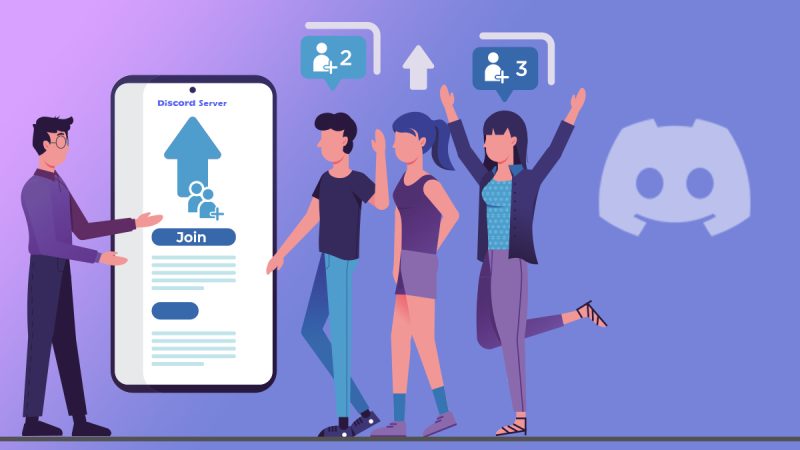Downgrade
In the dynamic landscape of business, the term “downgrade” often carries negative connotations, sparking concerns about setbacks and challenges. However, strategic downgrades can be a catalyst for positive transformation if approached with foresight and resilience. In this article, we will explore the concept of downgrade from a different perspective, shedding light on how businesses can leverage it as a strategic tool for growth and adaptation.
- Reassessing Priorities:
Downgrades are often triggered by external factors such as economic downturns, technological shifts, or unforeseen crises. Rather than viewing them as setbacks, savvy businesses can use these moments as opportunities to reassess their priorities. This involves a critical examination of existing processes, services, and products to identify areas that may need streamlining or reimagining. By doing so, organizations can emerge more agile and better aligned with evolving market demands.
- Embracing Innovation:
Downgrades can serve as a wake-up call for organizations to embrace innovation. This may involve adopting new technologies, exploring alternative business models, or rethinking traditional approaches. By fostering a culture of innovation, businesses can not only weather the storm of downgrade but also position themselves as pioneers in their industries. The key lies in viewing downgrade as a springboard for creative thinking and strategic reinvention.
- Cost Optimization and Efficiency:
A downgrade often prompts a closer look at operational costs and efficiency. Organizations can use this period to optimize their cost structures, identifying areas for savings without compromising the quality of their products or services. By streamlining processes and adopting cost-effective solutions, businesses can emerge from a downgrade leaner and more resilient, prepared for future challenges.
- Building Resilience:
Downgrades can be valuable lessons in resilience. Businesses that successfully navigate through challenging times develop a capacity to withstand future uncertainties. This resilience can be built through strategic planning, diversification of revenue streams, and fostering a workforce that is adaptable to change. By viewing downgrade as a temporary phase that demands resilience, organizations can position themselves for long-term success.
- Customer-Centric Focus:
Downgrades provide an opportunity for businesses to strengthen their relationships with customers. By adopting a customer-centric approach, organizations can engage with their clients to understand their evolving needs and expectations. This customer feedback can guide strategic decisions, leading to the development of products and services that are not only resilient to downturns but also aligned with market demands.
Conclusion:
While downgrade may initially be perceived as a setback, it can be a transformative force for businesses that approach it strategically. By reassessing priorities, embracing innovation, optimizing costs, building resilience, and maintaining a customer-centric focus, organizations can not only weather the storm but also emerge stronger and more agile. Downgrade, when seen through the lens of strategic adaptation, becomes a stepping stone to a brighter and more sustainable future.





